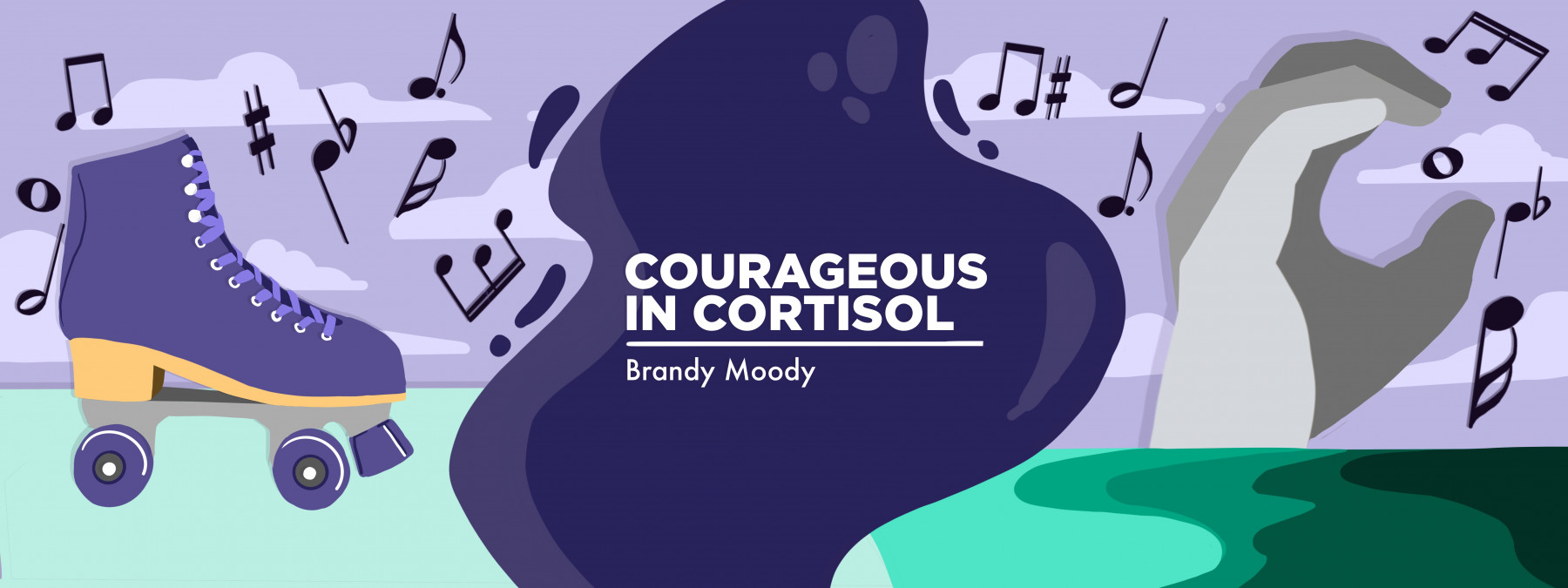My Recurring Cushing’s Disease Nightmare Has Become a Reality
Columnist Brandy Moody grapples with the return of her Cushing's symptoms
Written by |

I always find myself in nightmares I struggle to wake from. Sometimes I’m running away from the make-believe shadows I create in my subconscious, and other times I’m hiding from a maleficent being that somehow finds me in every corner of my mind.
These dreams always end with iPhone alarms that sneak their way in, and I wake with a sigh of relief that my nightmare is over. It wasn’t real. I’ve grown to appreciate that sense of safety, because some nightmares you can’t wake up from.
When I was diagnosed with Cushing’s disease in October 2020, I was thrilled. I know it seems odd, but most Cushing’s patients congratulate each other when we obtain a diagnosis because it means we have solved the mystery of our long list of symptoms.
A month later, on Nov. 6, 2020, I had a surgery known as a transsphenoidal tumor resection to remove a pituitary tumor through my nasal cavity.
One year and nine months later, my symptoms are back.
The strangest thing happened to me at first. I kept feeling like fuzz or hair was grazing my upper lip. I checked the area every few minutes, but nothing was there. After the weird sensations, I started experiencing insomnia and a loss of appetite. This was a few weeks into July. By the end of the month, I had full-blown muscle aches, joint pain, and headaches.
I felt it in the pit of my gut: Cushing’s was back.
I obsessively researched what a Cushing’s recurrence can look and feel like, but I didn’t see many people discussing the topic. Before my diagnosis, I had unknowingly lived with Cushing’s for three or four years, so I didn’t know how a second onset would manifest.
I contacted my endocrinologist right away to request bloodwork to check my adrenocorticotropic hormone (ACTH) and cortisol levels and metabolic panel. I learned that my ACTH, cortisol, glucose, and blood urea nitrogen were all high.
I wasn’t too thrilled about these results the second time around because I had been doing so well! It turns out that after my first transsphenoidal surgery, there was a speck of tumor left on my pituitary gland. I want to emphasize something important here: Even a tiny speck of residual tumor can grow back, causing Cushing’s to return.
As I write this, my symptoms are even stronger. I wake up around 3 a.m. every night without fail and am starving. When my symptoms began last month, I didn’t have an appetite, but now I am famished early in the morning and late at night. I have occasional random bruising on my legs, and my headaches seem worse than they were during my first experience.
To my fellow Cushing’s patients: Be sure to stay in tune with your body. Even the slightest change can help you catch a recurrence early.
Note: Cushing’s Disease News is strictly a news and information website about the disease. It does not provide medical advice, diagnosis, or treatment. This content is not intended to be a substitute for professional medical advice, diagnosis, or treatment. Always seek the advice of your physician or other qualified health provider with any questions you may have regarding a medical condition. Never disregard professional medical advice or delay in seeking it because of something you have read on this website. The opinions expressed in this column are not those of Cushing’s Disease News or its parent company, Bionews, and are intended to spark discussion about issues pertaining to Cushing’s.







Leave a comment
Fill in the required fields to post. Your email address will not be published.